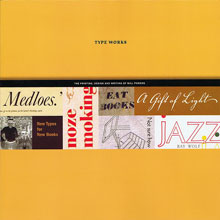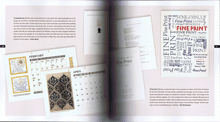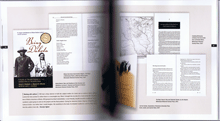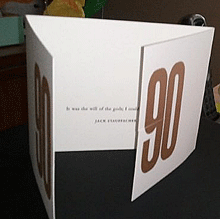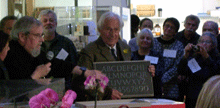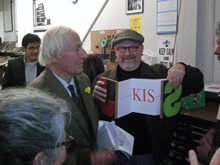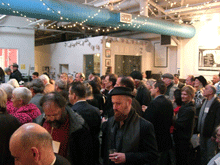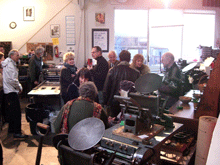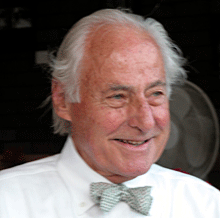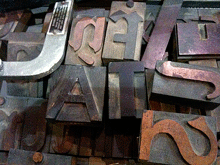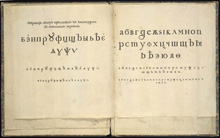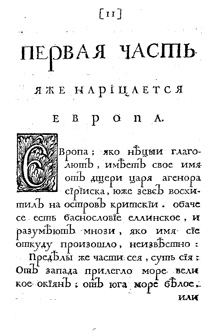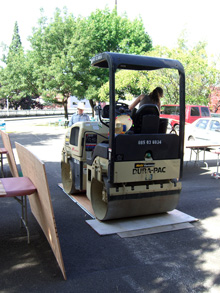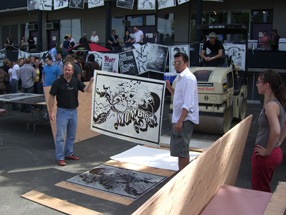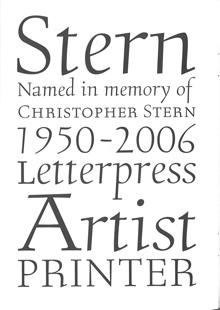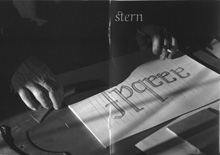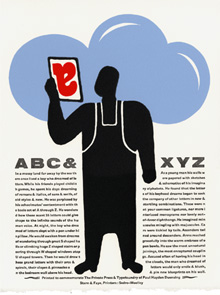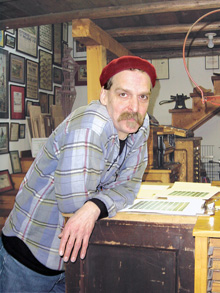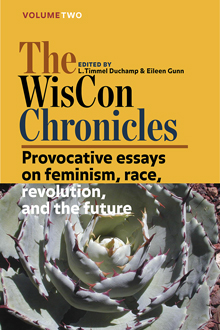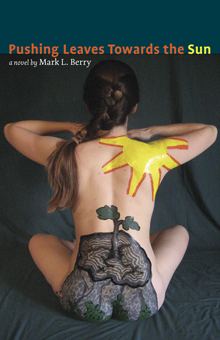When Will Powers died suddenly two years ago, he left a gaping hole in the community of typographers, printers, and book-designers in this country. Now we have a small book to remind us of the work that he left behind: Type Works: the printing, design and writing of Will Powers.
It’s small in extent (50 pages) but not in format: its pages are a generous nine inches square, as befits a book that’s got to show a lot of examples of the design of other books. Oddly, there’s no one named as author or editor, which will perplex book dealers and annoy librarians; it’s simply credited to Interval Press, Birchwood, Minnesota. My copy was sent to me by Cheryl Miller, Will’s wife, and the copyright is in her name. (The information page on the distributor’s website confirms that Cheryl is the book’s editor.)
This collection of essays and reminiscences by Will’s many friends and collaborators gives a kaleidoscopic picture of the man. Although by the time I first met him, he was living and working in Minneapolis, as design and production manager for the Minnesota Historical Society Press, Will had spent many years in the San Francisco Bay Area as a letterpress printer. He and Wesley Tanner printed Fine Print for several years, and Will also wrote articles and designed covers for that remarkable publication. Reading about those times now, with names of people I came to know many years later, makes me imagine an alternate history in which, when I was living in San Francisco after I got out of college in 1971, I had somehow made contact with the local printing community. But at that young age I had no idea that typography was going to be central to my life, and I didn’t meet any of those people, or stay in the Bay Area.
Type Works is a short-run book, printed by BookMobile in Minneapolis, who specialize in short-run and print-on-demand books (and who I know from experience can do a good job of it). Given the display purpose of this book, I could wish that it had a sewn binding that would lie perfectly flat, but that’s not an option in this short a run, unless you manufacture the book by hand. I also wish I could read every word on every printed example shown, but that’s just a reflection of how fascinating the texts that Will worked on (or wrote) tended to be. This is a fine presentation of examples of Will Powers’s excellent typography and book design, of the words written about him, and of a few of his own words as well. And I love the fact that the text uses Zuzana Licko’s typeface Journal, an idiosyncratic but very readable text face of the digital era.

